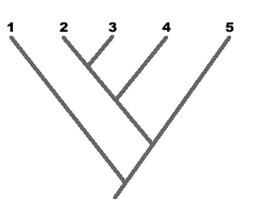Many rats were tested for their ability to learn to navigate a maze. The average number of errors, for a total of 14 trials, was 64 per rat. The rats that made the fewest errors were bred to each other, and the offspring were tested in a similar way
This process was repeated for seven generations, at which point the average number of errors for 14 trials was 36. This experiment demonstrates that
A) learned behavior cannot be inherited.
B) maze-learning ability has a genetic basis.
C) maze-learning ability depends mainly on early contact with adept parents.
D) natural selection has a role in the evolution of fixed action patterns but not in the evolution of behavior involving learning.
Answer: B
You might also like to view...
An interaction in which one species benefits
and the second species is neither harmed nor benefited is a. mutualism. b. parasitism. c. commensalism. d. competition. e. predation
The capacity to do work is
a. matter. b. energy. c. metabolism. d. aerobic respiration. e. life.
 Based on the phylogeny shown, we can conclude that species 2 is most closely related to species
Based on the phylogeny shown, we can conclude that species 2 is most closely related to species
A. 1 B. 3 C. 4 D. 5 E. 1 or 3 (can't tell)
Describe the general relationship that may exist between mutations and cancer
What will be an ideal response?